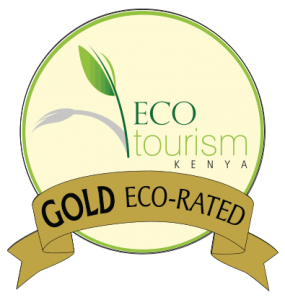The Great Rift Valley is a continuous geographic trench of approximately 6,000 kilometers, which runs from, northern Syria in Southwest Asia, to central Mozambique in South East Africa. Today, the term is most often used to refer to the valley of the East African Rift most famously viewed In Kenya.
Running from Turkana in the north, toward Magadi in the south, the Rift Valley’s floor is broken with extinct volcanoes, and contains a series of Lakes. Majority of these lakes are shallow, and with no natural outlet are alkaline with a high concentration of minerals. Three of these soda lakes, represent the most significant of all of the Rift Valley lakes within Kenya. Lake Bogoria, Lake Nakuru and Lake Elmenteita, have all been gazetted as individual protected areas and are collectively recognized as UNESCO World Heritage Site, The Kenya Lake System.
These soda lakes, support one of the most diverse populations of birds in the world, are the most important feeding area for the lesser flamingo, and Lake Elmenteita remains the last nesting and breeding site in East Africa for the Great White Pelican. The property is home to 13 globally threatened bird species and some of the highest bird diversities in the world. It is the single most important foraging site for the lesser flamingo anywhere, and a major nesting and breeding ground for great white pelicans. The lakes' terrestrial zones also contain important populations of many mammals, including the endangered Rothschild giraffe, as well as bird species that are globally or regionally threatened, and hosts over 100 species of migratory birds.
The Kenya Lake System and surrounding land is critical in contributing to the conservation of the natural values within the Great Rift Valley, and provides valuable insights into the evolution and development of soda lake ecosystems and the related communities of plants and animals.





